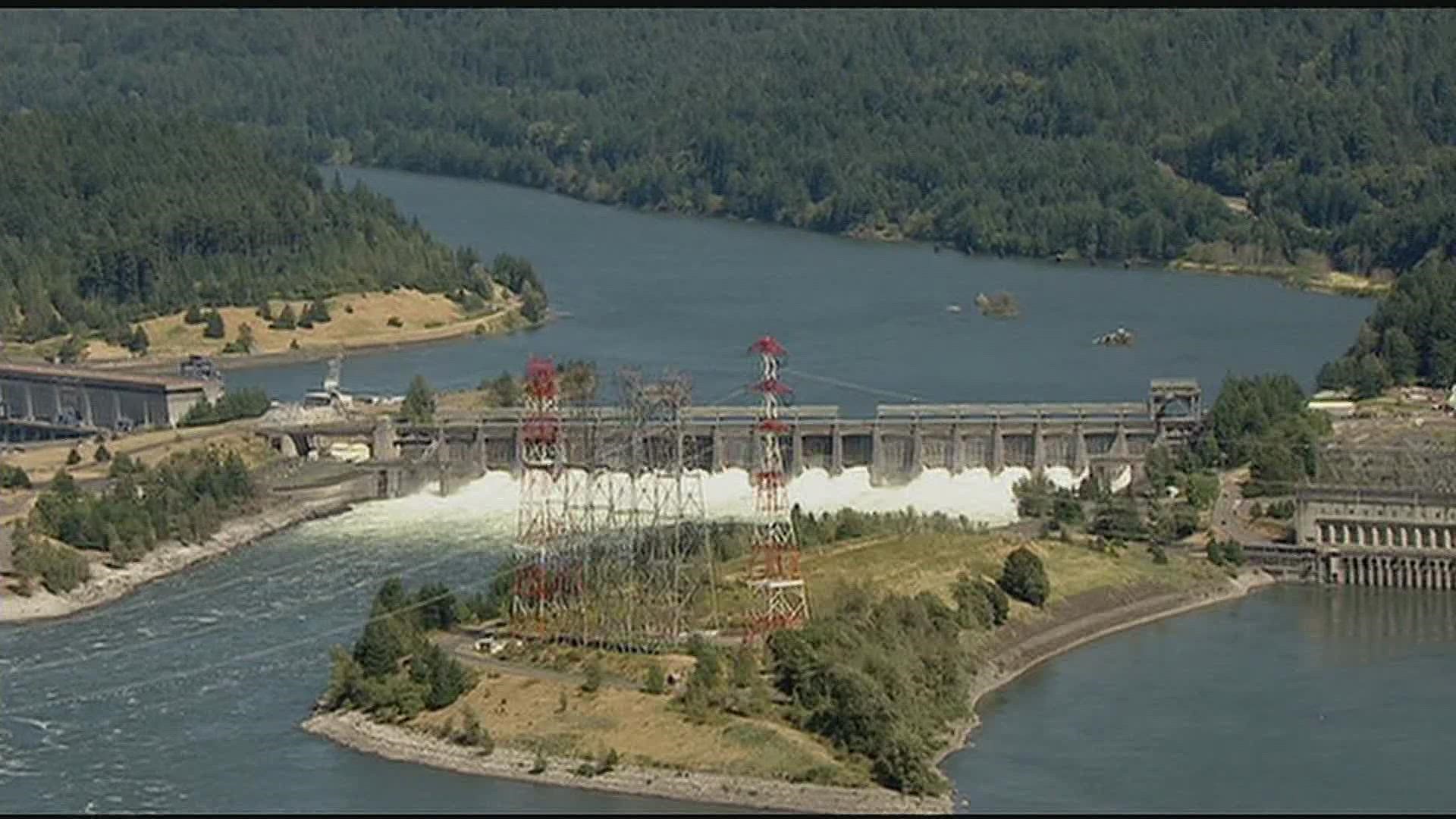CORVALLIS, Ore. — More and more, how we get our electricity is critically important. And there are a lot of reasons for that, from increasing needs to climate change. As a result, researchers at Oregon State University are looking at how to make systems more efficient and flexible — and they've got a federal grant to do it.
In the Pacific Northwest, hydropower has long been the top source of renewable energy. The Columbia River Basin leads the nation in hydropower production.
But hydropower is not without its downsides for rivers, fish and other animal habitats. And the dam and power generation system, despite updates, is 100-year-old technology.
So part of the OSU research is to revisit hydropower plants and figure out what can be done to bring them into the modern age.
“ ... and see what we can do to make them more flexible so that they play well together, and we leverage that capacity with some of the modern sources we have by using some storage that we have called 'super capacitors' — so that's short-term energy storage,” said Eduardo Cotilla-Sanchez.
Cotilla-Sanchez is an associate professor of engineering and computer science, and one of three OSU faculty on the project, helped by three graduate students.
The team is looking at hydropower storage improvements and how to make the entire electric grid system more flexible as it receives more power from solar and wind generation. It's a big job.
“The power grid is the largest machine ever created by humans, so it is very tricky to do research when we need the grid to be connected to it right now,” said Cotilla-Sanchez.
Researchers look to prototypes and computer-generated models to do a lot of the research work. Over the next three years they hope to find advancements large and small that can make a difference over the next five to ten years and have lasting impact for decades to come.
“I think the idea is to try to get the most out of the resources that we have locally. And locally is the cheapest that we can do in order to transport electricity — because if we send it far then we have a lot of losses,” Cotilla-Sanchez said.
OSU's work is covered by $1.9 million in U.S. Department of Energy grants, part of a total $8 million in grant money for the project. Other entities involved in the larger project include researchers at University of Utah and the U.S. Army Corps of Engineers.

